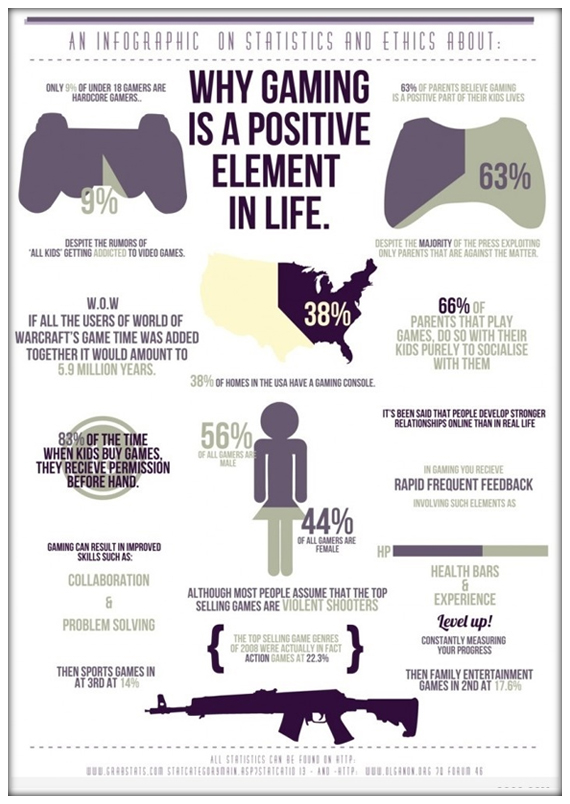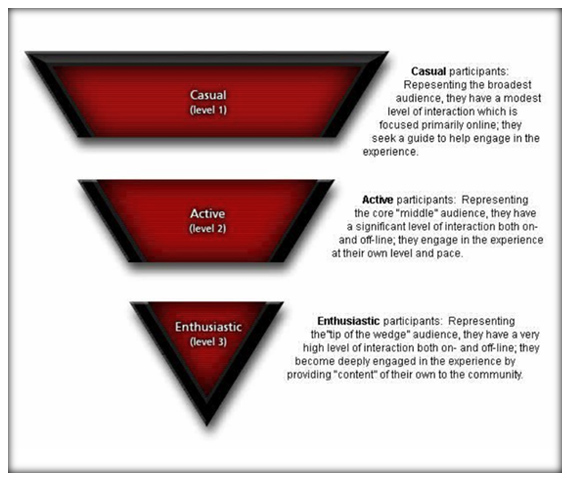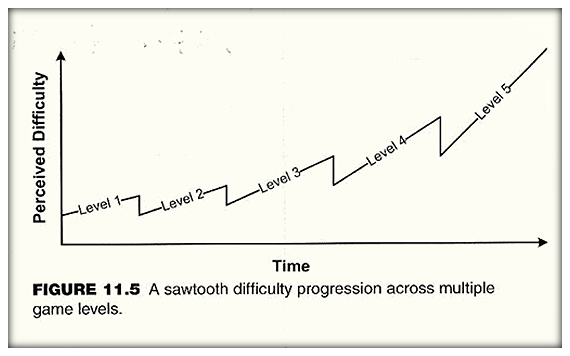Last year (at DIGRA 2011/Netherlands) I had the honor to know personally one of my favorite authors:
Espen Aarseth. Aarseth is a main figure in the fields of video game studies and electronic literature.
I really like some ideas from his book
Cibertext and I want to share them in this post. I think that cybertext is an important concept inside the game design universe.

As Aarseth says:
The concept of cybertext focuses on the mechanical organization of the text, by positing the intricacies of the medium as an integral part of the literary exchange. However, it also centers attention on the consumer, or user, of the text, as a more integrated figure than even reader-response theorists would claim. The performance of their reader takes place all in his head, while the user of cybertext also performs in an extranoematic sense. During the cybertextual process, the user will have effectuated a semiotic sequence, and this selective movement is a work of physical construction that the various concepts of “reading” do not account for. This phenomenon I call ergodic, using a term appropriated from physics that derives from the Greek words ergon and hodos, meaning “work” and “path”. In ergodic literature, nontrivial effort is required to allow the reader to traverse the text. If ergodic literature is to make sense as a concept, there must also be nonergodic literature, where the effort to traverse the text is trivial, with no extranoematic responsibilities placed on the reader except (for example) eye movement and the periodic or arbitrary turning of pages. (page 1)
I believe this is a fundamental concept to apply in game writing.
What do you think about that?
Reference:
AARSETH, Espen. Cibertext: Perspectives on Ergodic Literature. The Johns Hopkins University Press: Maryland, 1997.
 All information from http://www.grabstats.com/
All information from http://www.grabstats.com/ All information from http://www.grabstats.com/
All information from http://www.grabstats.com/ The most important point in the discussion about kinds of players is: know your audience to know how to create a consistent difficult progression and a good experience to the players. The next graph (from Fundamentals of Game Design, p.345) summarizes this thought:
The most important point in the discussion about kinds of players is: know your audience to know how to create a consistent difficult progression and a good experience to the players. The next graph (from Fundamentals of Game Design, p.345) summarizes this thought: I believe this is another fundamental concept to apply in game design.
I believe this is another fundamental concept to apply in game design. As Aarseth says:
As Aarseth says: